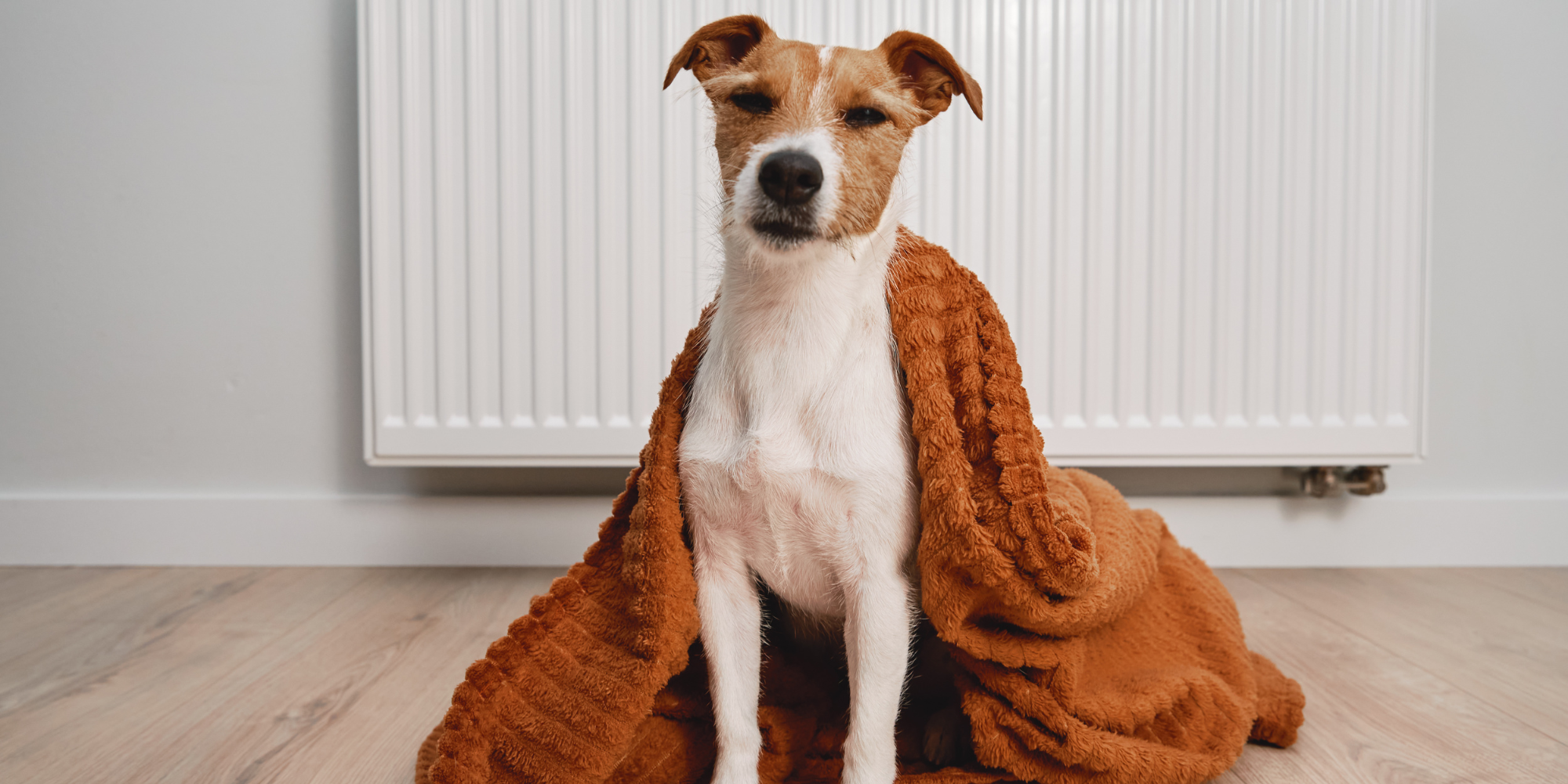Emergency Heating Repairs: What to Do When the Heat Goes Out
Wyoming winters can be harsh, and when your heating system stops working, it’s more than an inconvenience—it can be a serious safety issue. At Marv’s Plumbing & Heating, we understand the urgency of heating emergencies, especially during Cheyenne’s coldest months. Here’s a step-by-step guide to help you stay safe and resolve the problem when your heat goes out unexpectedly.
1. Check the Basics
Before assuming the worst, verify if a simple fix could restore your heating.
Thermostat Settings: Ensure the thermostat is set to “heat” and the temperature is set higher than the current room temperature. Replace batteries if necessary.
Power Supply: Check if the heating system has power. Look for tripped circuit breakers or blown fuses in your electrical panel.
Gas Supply: For gas heaters, ensure the gas valve is open, and your gas supply is active.
Pro Tip: Sometimes, resetting your heating system by turning it off and on can resolve minor glitches.
2. Inspect Airflow
Blocked airflow can cause heating systems to shut down or perform inefficiently.
Air Filters: Dirty air filters can restrict airflow and cause overheating. Replace them if they’re clogged.
Vents: Ensure vents and registers are clear of furniture, curtains, or debris.
3. Look for Warning Signs
Your heating system might be giving clues about the problem. Common warning signs include:
Unusual Noises: Banging, clanking, or screeching sounds could indicate a mechanical issue.
Odd Smells: A burning smell may point to an electrical issue, while a gas odor could signal a leak. If you smell gas, evacuate immediately and contact your utility company.
No Pilot Light: For older furnaces, a pilot light that won’t stay lit could indicate a faulty thermocouple or gas valve.
4. Temporary Heating Solutions
While waiting for professional assistance, take steps to keep your home warm:
Layer Up: Wear warm clothing and use extra blankets.
Space Heaters: Use space heaters safely, ensuring they’re placed away from flammable materials and never left unattended.
Close Off Unused Rooms: Focus heat in the rooms you use most by closing doors to unused spaces.
Prevent Pipe Freezing: Let faucets drip slightly and open cabinet doors to expose plumbing to warmer air.
5. Call a Professional
If you’ve ruled out simple fixes, it’s time to call an expert. At Marv’s Plumbing & Heating, we offer 24/7 emergency heating repairs to get your system running again as quickly as possible. When you call, be ready to provide details like:
The type of heating system (furnace, boiler, heat pump).
Any unusual sounds, smells, or behavior from the system.
How long the issue has been occurring.
6. Prevent Future Emergencies
Once your heating system is repaired, consider these steps to avoid future breakdowns:
Schedule Regular Maintenance: Annual tune-ups ensure your system is clean, efficient, and ready to handle Cheyenne’s winters.
Upgrade an Aging System: If your heater is more than 15-20 years old, it may be time for a replacement. Modern systems are more reliable and energy-efficient.
Install a Smart Thermostat: A programmable thermostat can optimize heating and reduce wear on your system.
Why Choose Marv’s Plumbing & Heating?
With decades of experience serving Cheyenne and the surrounding areas, Marv’s Plumbing & Heating is your trusted partner for emergency heating repairs. Our technicians are skilled in handling all types of heating systems, from furnaces to boilers, and we’re available 24/7 to restore warmth to your home.
Don’t Wait—Call Marv’s Today!
When your heat goes out, every moment counts. Contact Marv’s Plumbing & Heating or schedule service online. We’re here to help, no matter the time or weather.

